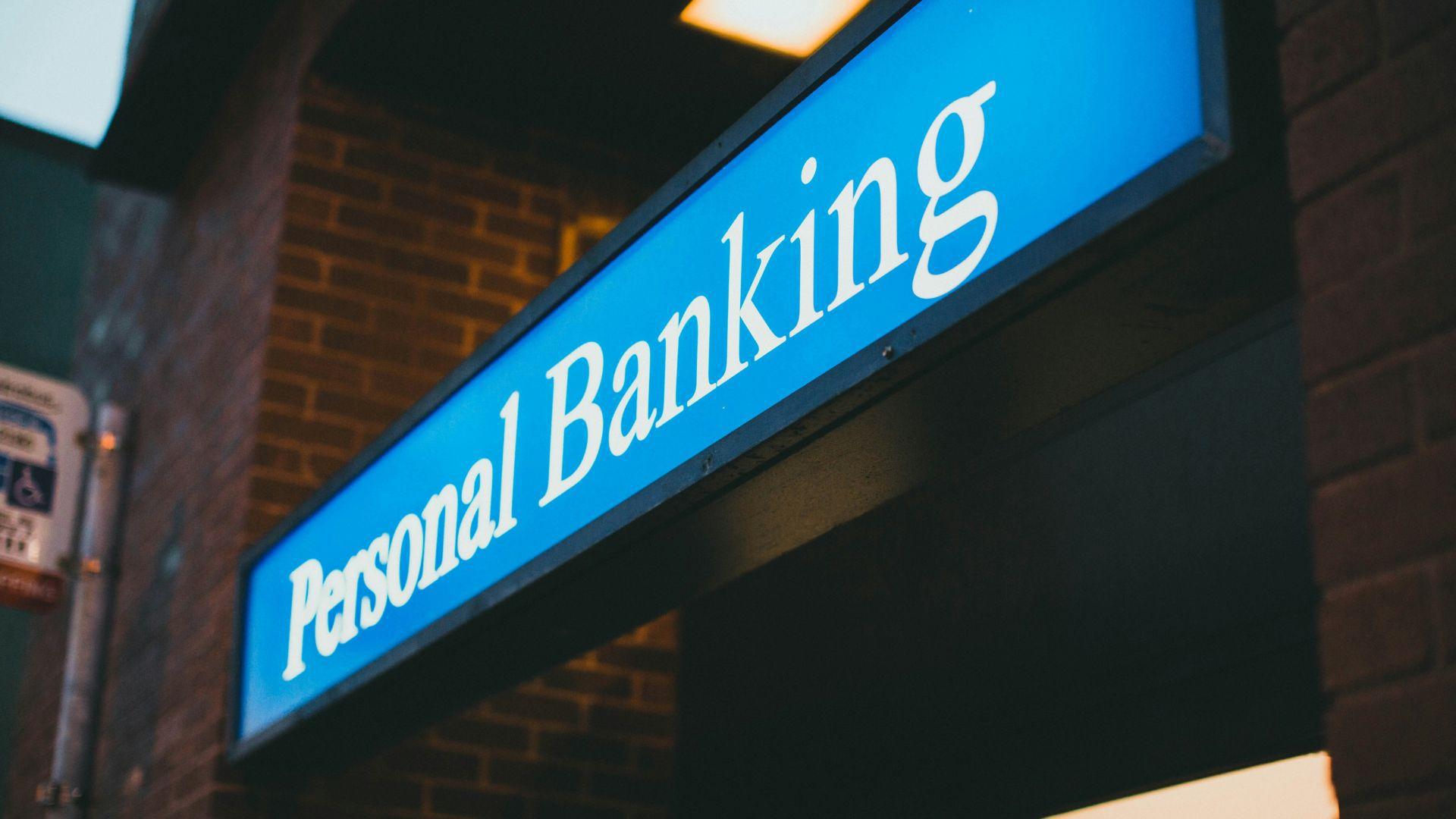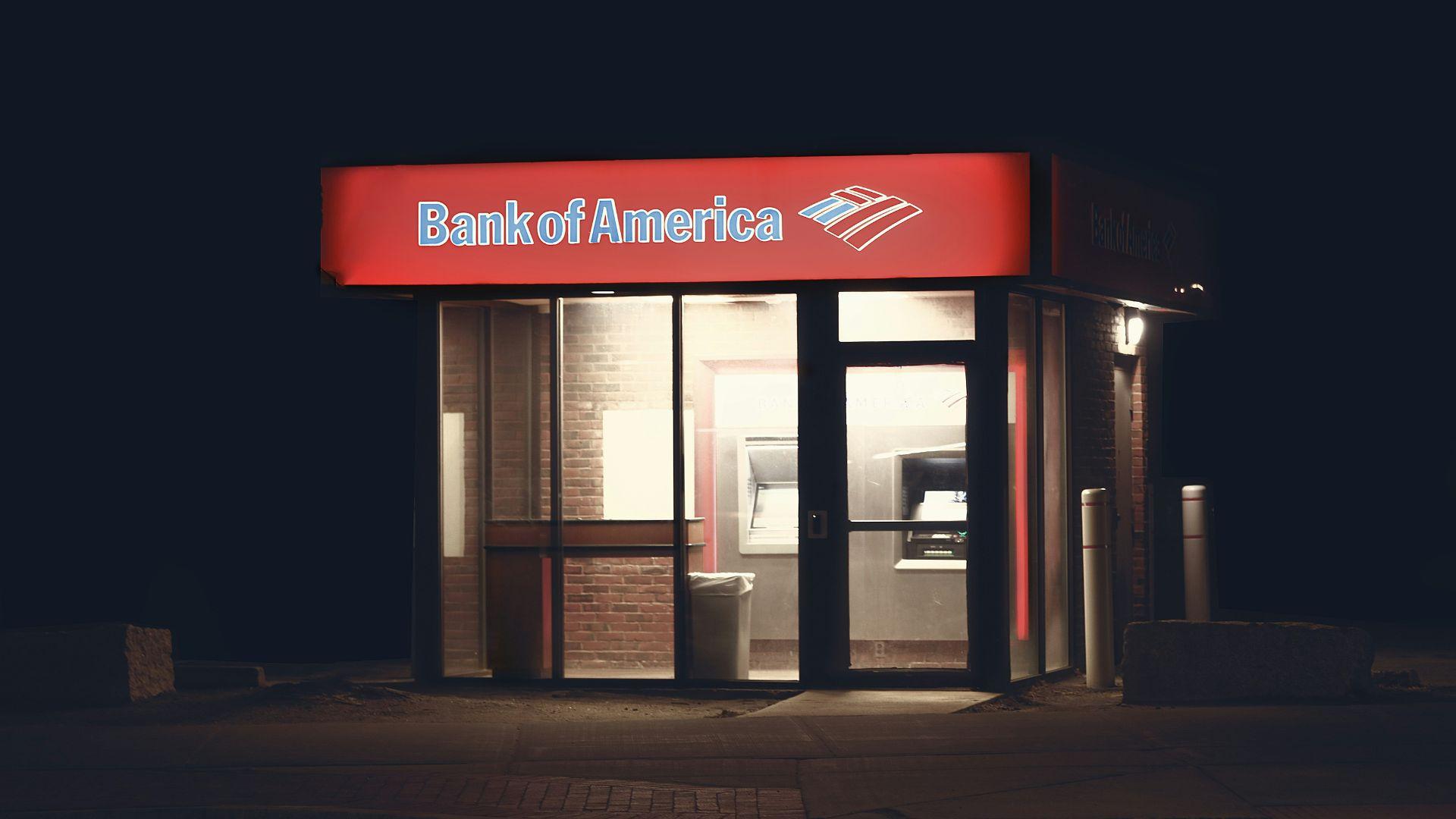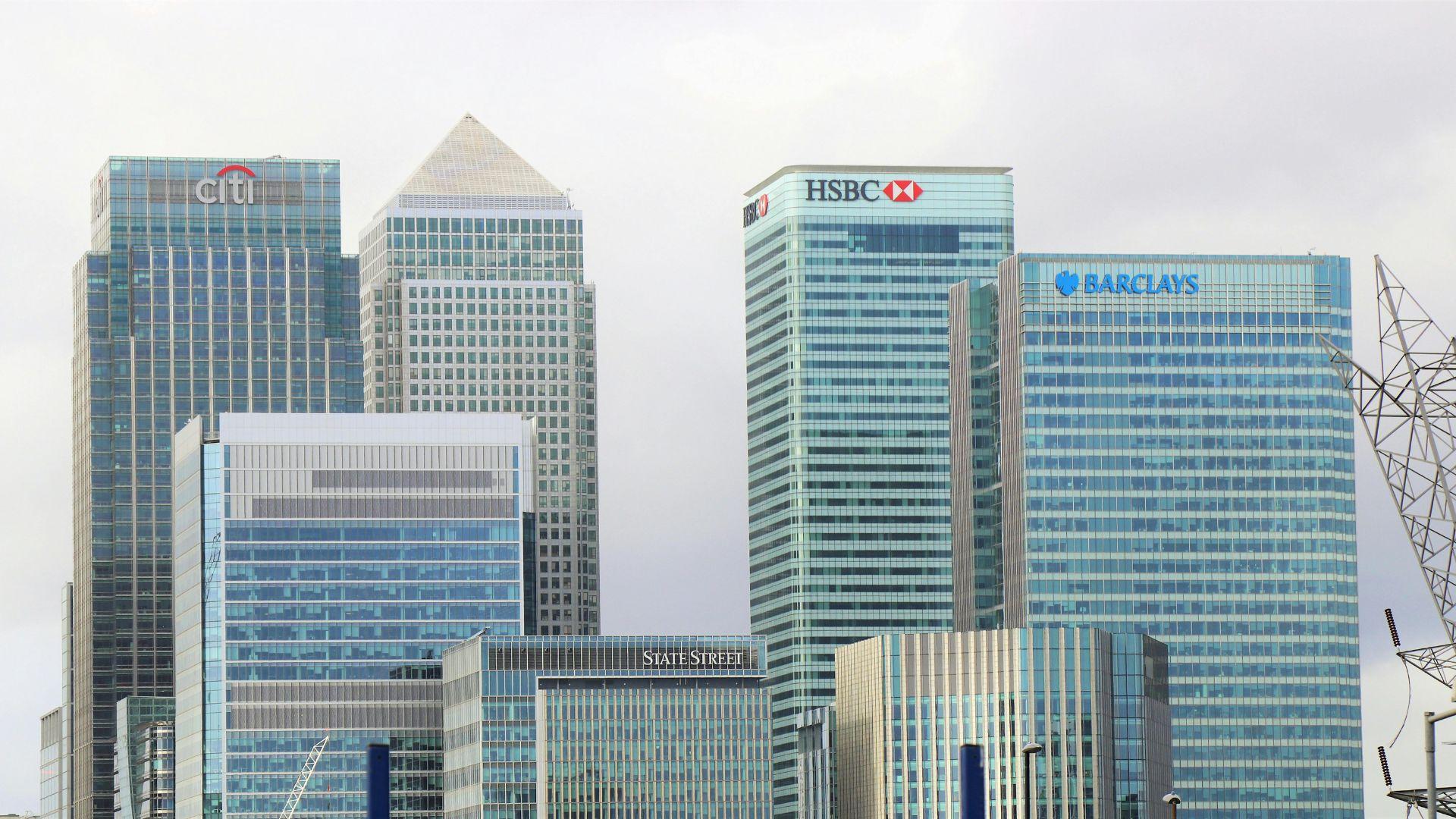Amid claims that banks are using deceptive practices to keep their customers from getting beneficial savings accounts, analysts have revealed that customers are now starting to “revolt” against their banks.
This rebellion comes as interest rates continue to rise. However, customers are not seeing these higher interest rates benefit them — and they’re blaming banking institutions.
Higher Interest Rates

In the past few years, the Federal Reserve has raised interest rates as it tries to combat economic issues in the United States, such as ongoing inflation.
While higher interest rates can be difficult for many consumers and Americans, they can also be beneficial in some ways. For example, saving accounts could bring in higher yields because of these increased interest rates.
Banks Aren’t Helping Their Customers

Many customers assumed their banks would automatically change their saving accounts to one that was a higher yield account. However, many were left shocked when they realized this wasn’t happening.
This has led many to accuse various banks of using deceptive means by not immediately allowing their customers to have higher yield saving accounts during this period of high-interest rates.
Customers Make the Decisions Themselves

This has caused many customers to revolt against their banks — and make the decisions for themselves. Chris McMahon, Aquinas Wealth Management president and CEO, further examined this situation.
“There’s a little bit of a revolt going on for the customer side,” McMahon explained. “Wells [Fargo] said it was a problem for them. Customers are switching to higher-yield accounts.”
Customers Are Upset

McMahon further examined how many American banking customers are upset by this deception.
McMahon said, “People don’t realize they’re in a savings account getting 1 percent, and their friend chirps in their ears and says, ‘You could get 5 [percent] if you switch to the money market,’ and [the customers] didn’t know it, and no one at the bank told them. People are upset.”
A Legal Issue

Some customers have become so upset by this issue that they’ve even made it a legal one. According to these people, they have been illegally deprived of greater returns thanks to deception within the banking industry.
Various legal cases have appeared in recent months as more and more customers become aware of what has been going on.
Banks Aren’t Telling Customers the Truth

According to these lawsuits, banks aren’t telling customers when their accounts can be updated to ones with higher rates.
Instead, they’re keeping these accounts at lower interest rates, so these customers aren’t getting more lucrative results. At the same time, they’re allowing new accounts to be formed with these higher rates — yet these accounts must have customer intervention to truly become advantageous.
Capital One and UFB Direct

Capital One has faced recent class action suits about this very issue. According to these cases, the bank has failed to inform customers when they could switch to higher-interest accounts. As a result, these customers could not benefit from increasing their savings.
Meanwhile, UFB Direct customers have filed suit against the bank after they found out that they weren’t automatically switched to higher-yielding accounts.
Why Are the Banks Doing This?

There are a variety of reasons why banks have likely chosen to partake in these “deceptive” actions. For the most part, they want to rake in the most profits they can.
They cannot necessarily do this when more customers have higher-yielding accounts. Already, data has shown that some banks have had their profits from their net interest income fall because more customers are switching to higher-interest accounts.
Wells Fargo Blames Customers

This change in customer behavior can be seen in Wells Fargo’s first-quarter earnings report.
According to the bank, their net interest income saw an 8% drop in this quarter alone. The bank blamed customer shifts for this, saying this drop happened because of the “impact of customer migration to higher yielding deposit products.”
Customers Can Challenge Banks Now

This huge change in banking customer behavior hasn’t necessarily happened before. Often, banks can get away with these deceitful moves, as customers don’t know any better.
However, customers have more confidence in challenging banks now. They’re becoming more aware of what banks are supposed to do for them — especially in periods of high-interest rates.
More Informed Customers

Why is this happening? Customers are better informed than they’ve ever been. A more informed public understands what they should be benefiting from — and what to do when they’re not.
Thanks to word-of-mouth talk, as well as online discussions on social media, more of the public can become informed about higher-yielding accounts.
